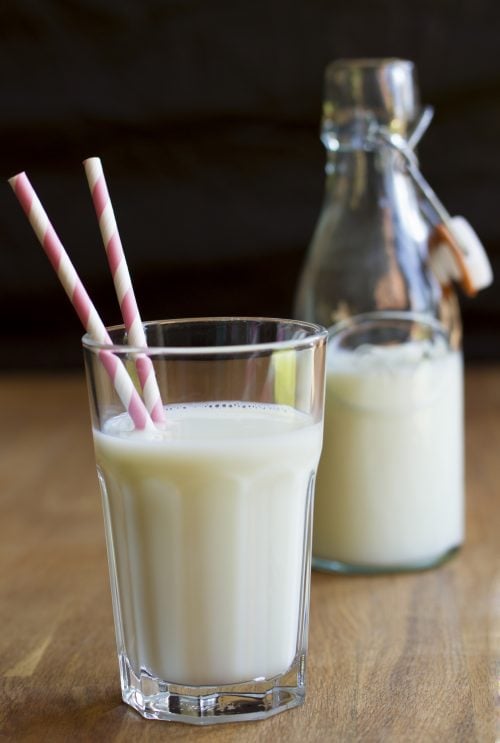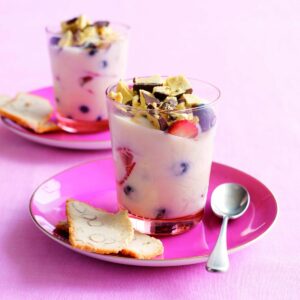
Milk and dairy products, as well as being a source of protein and providing a range of vitamins and minerals, are the main source of calcium in a typical Kiwi diet.
Because of this we're advised to get at least two servings (if not more) of milk or milk products every day. A serving equals one 250ml glass of milk, a 150g pottle of yoghurt or two slices of cheese (40g).
Calcium intake is essential for developing the strongest bones we can when they are growing (up to our mid-twenties) and also for maintaining their strength throughout our lifetime.
If we don't get enough calcium our bones suffer as their stores will be used for the other esss calcium has, like muscle contraction, nerveential function transmission and blood clotting.
Osteoporosis is a condition where parts of the bones become quite porous and are prone to fracture easily.
The recommended dietary intake (RDI) for calcium for most adults is 1000mg per day, but for women over 50 and for men over 70 that increases to 1300mg.
That's not easy to achieve without milk and dairy foods. You can see from the table below that a cup of milk can provide from around 280mg up to 500mg of calcium.
High calcium foods include:
- 1 cup of yoghurt = can range from 140mg to 550mg, so choosing wisely can make a huge difference to your calcium intake each day!
- 40g cheddar or edam cheese = 300mg
- Small tin canned sardines = 490mg+
- 1 cup of tofu = 270mg
- 1 cup fortified breakfast cereal = 200-400mg
Many other foods also provide a small amount of calcium:
- 1 orange = 35mg
- 10 almonds = 30mg
- 1 cup steamed broccoli = 60mg
www.healthyfood.com










